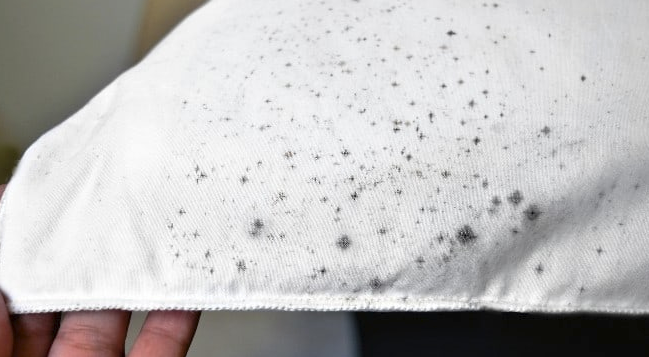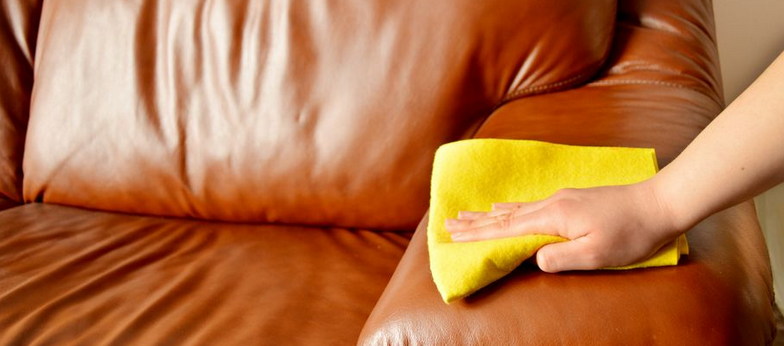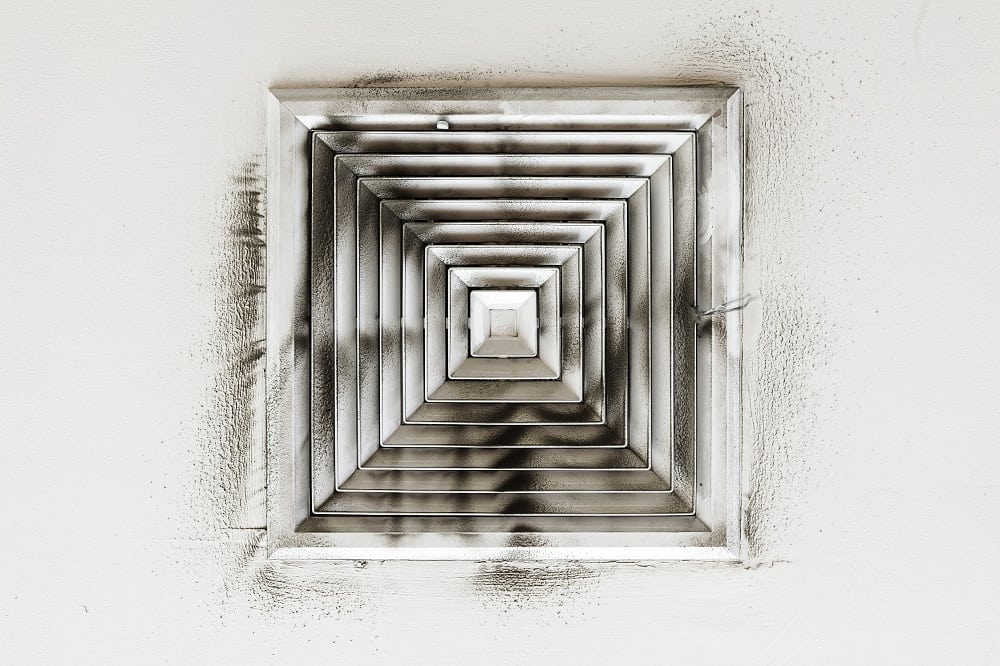Mold: What is it & Why do I Care?
When you hear the word: Mold; you probably get the image of those green spots on your bread, or that horrendous smell of curdled milk. These obvious signs help keep us safe. What about those not so obvious signs of mold growth found throughout our homes?
Mold spores thrive in a moist environment and can start growing within 24-48 hours. The effects of mold can vary but can have hazardous effects on the health of you and your family when left untreated. It’s important to identify and take steps to remediate mold as soon as you know there is an issue.
According to the Environmental Protection Agency, mold can grow on any surface in the home, including wood, paper, carpet and foods. Its appearance may differ based on its species and the surface it has latched onto. It may be purple, orange, green, black or white.
Signs You May Have A Mold Problem
Contaminated Carpet: Carpeted and rug covered areas are at an especially high risk for becoming a breeding ground for mold in the home. Pay close attention to any spots, odors and stains on the carpet. If you notice anything out of the ordinary, it is important to examine both sides of the carpet and padding.

Near the Water Heater: Any area in the home that is prone to moisture, like the water heater closet, is attractive for mold growth. Water heaters are often situated in hard-to-reach areas of the home, leaks can be difficult to access and may go unnoticed. To prevent a mold problem resulting from a leaky water heater tank check for condensation on the floor and walls around the heater often.

Rotten or Mildew Smell: Is there a damp, musty odor similar to the smell of old books emanating from your floors or walls? This stench could be caused by “mold volatile organic compounds” (MVOCs), or chemicals released during the mold life cycle. It’s a surefire sign that there may be a mold issue in your home.

Moldy Clothes: Inspect the fibers of your clothing for white or black spots that feel fluffy or slimy to the touch. This may be an indication that there is a larger mold problem within the home.

Allergy & Asthma Flare Ups: Certain species of mold release a harmful substance called mysotocin, which can trigger respiratory issues for those with allergies and asthma (and anyone else, for that matter). Have you found yourself sneezing, coughing, feeling fatigued or blowing your nose no matter the time of year? It may be time to give the home a thorough inspection.

Mold in the Furniture: Mildew is attracted to moist leather and wood, and mold particles are more likely to be retained in porous materials like upholstered furniture and foam. Frequently inspect the fibers of your furniture for any discolored spots, fuzz or spores.

Warped Walls: One of the most common reasons paint begins to bubble and wallpaper appears distorted is moisture, which grants the potential for mold. If your walls appear warped, identify the source of the moisture, like a nearby leaky windowsill, and fix the problem before it breeds mold.

Smelly Air Filters:
Does your standalone air conditioning unit emit a musty smell after being turned on? Can you see black, fuzzy spots on the filter? It could be black mold.
First, it is important to use high-efficiency particulate air (HEPA) filters. Regularly clean the unit and replace the filters to starve existing mold of its food sources: moisture and dust.

Dark Colored Tile & Grout:
Is there noticeable gunk in the grout of your bathroom tiles? This is an indication of mold and mildew buildup.
To avoid this issue, use a squeegee to wipe water from the tub and walls after showering or bathing. Refrain from placing wet towels and clothes in the hamper and swiftly clean the shower curtain if you notice any discoloration.

According to the EPA, there is no simple way to eliminate all mold within a home, so it is important to stay diligent in detecting any possible problems.
If you notice any of the above warning signs, it is important to thoroughly and comprehensively remove mold colonies before they multiply even further.
TRUST THE EXPERTS AT PUROCLEAN OF MASSAPEQUA
Our highly-trained, certified mold removal professionals follow a proven, step-by-step process to make your home or business safe again.
First, we visually inspect the area to find any potential mold, tracing it to the source if possible. Then, our team contains the affected area and removes moldy, non-salvageable, porous material and implements negative air pressure technology to keep harmful mold spores from traveling from the air to your lungs.
Next, we utilize advanced HEPA filtered vacuums to help eliminate mold on non-porous surfaces, then set up air scrubbers with HEPA filters.
Finally, we ULV fog with a powerful antimicrobial solution to ensure that we treat the deepest, darkest corners of your home; then, we clean and sanitize the remaining salvageable contents as necessary.
The moment you notice mold, you must act. Even a small amount of mold in the home can multiply quickly, and it’s entirely possible that there is more existing mold than what meets the eye.
For more information on the mold removal process CLICK HERE
Call PuroClean today to ensure the safety of your home and health of your loved ones within it.
Like us on Facebook & Follow us on Instagram to keep up with all the latest!



